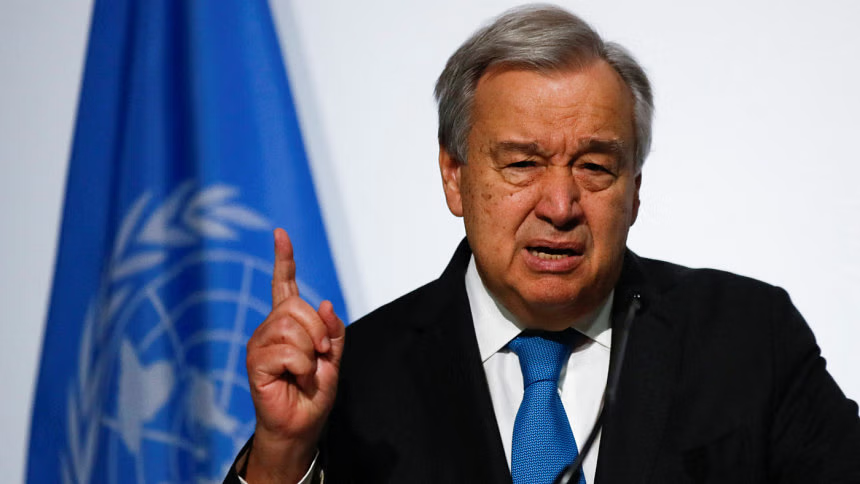Introduction
The United Nations is entering a period of intense scrutiny and structural overhaul. In a bold and somber statement, UN Secretary-General António Guterres has warned of “painful” reforms, including staff cuts and major organizational restructuring. These changes are driven by persistent financial constraints and growing demands for operational efficiency. This blog explores the top five UN reform initiatives set to take shape in 2025—and what they mean for the future of global governance.

1. Significant UN Staff Cuts Across Departments
One of the most controversial aspects of the reform is the planned reduction of personnel. According to Guterres, budget shortfalls have left the UN no choice but to downsize. The cuts will primarily affect administrative roles, field operations, and support staff, particularly in over-resourced agencies. This measure aims to reduce costs but raises concerns about service delivery and morale within the organization.
2. Streamlining UN Peacekeeping Missions
Peacekeeping remains one of the UN’s costliest and most debated operations. The proposed reforms include merging overlapping missions, reducing troop numbers in stable regions, and increasing cooperation with regional security forces such as the African Union. While these moves aim to enhance efficiency, critics argue they may weaken the UN’s global peace mandate.
3. Budget Reallocation Toward Climate and Tech Initiatives
In response to shifting global priorities, the UN plans to divert funding toward emerging challenges such as climate change, digital governance, and AI regulation. Traditional sectors like education and food programs may see reduced funding, raising alarms among humanitarian organizations.
4. Enhanced Transparency and Oversight Mechanisms
To restore public trust and donor confidence, the UN will implement stricter audit procedures and public accountability frameworks. These include real-time financial dashboards, independent evaluation teams, and stricter compliance checks on aid distribution.
5. Consolidation of UN Agencies and Programs
Another major change involves the consolidation of overlapping UN agencies. Programs with similar mandates—such as those focusing on women, youth, and refugees—may be merged under broader umbrellas to eliminate redundancies. While this aims to optimize resource use, it could also dilute specialized support.
Conclusion
These sweeping reforms represent a watershed moment for the United Nations. As it grapples with budget cuts, global instability, and evolving priorities, the UN’s restructuring efforts are both necessary and fraught with risk. The outcomes of these initiatives will determine the organization’s relevance and resilience in the coming decades. Stay tuned to see how these changes unfold—and what they mean for global peace and development.
Explore More: How International Institutions Are Responding to Global Crisis